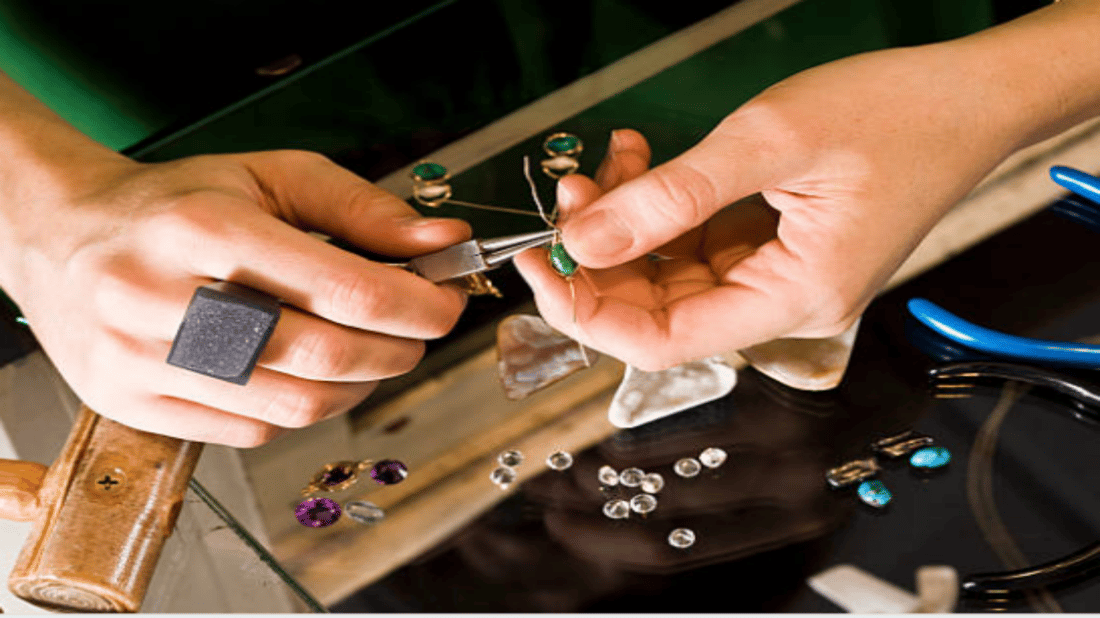Brass vs Gold: Understanding Their Differences and Uses
Brass and gold are two widely used materials in the jewelry and manufacturing industries. While they share some similarities, such as their appearance and durability, they also have distinct characteristics that set them apart. In this article, we will explore the differences between brass and gold, their uses, and their benefits.
What is Brass?
Brass is an alloy of copper and zinc, with varying compositions depending on the desired properties. It is known for its yellow-gold color and durability, and it is often used in musical instruments, plumbing fixtures, and decorative objects. It has a lower melting point than gold, making it easier to work with in manufacturing processes. However, it may tarnish over time and require polishing to maintain its shine.
What is Gold?
Gold is a precious metal known for its luster and rarity. It is naturally yellow in color, but can be alloyed with other metals to create different shades and properties. It is a highly malleable and ductile metal, making it easy to shape into intricate designs. Its resistance to tarnish and corrosion make it ideal for jewelry and coinage. However, its high cost limits its widespread use in manufacturing processes.
Color and Appearance
One of the primary differences between brass and gold is their color and appearance. Brass has a yellow-gold color similar to that of gold, but it may have a slightly duller or more muted tone. Gold, on the other hand, has a bright, shiny color that is unmistakable. Additionally, gold is denser and heavier than brass, making it feel more substantial in the hand.
Durability and Resistance
Both brass and gold are durable materials that can withstand wear and tear. However, gold is a more corrosion-resistant metal than brass, meaning it will not tarnish or decay over time. This makes gold ideal for jewelry that will be worn frequently, as it will maintain its shine and luster for years to come. Brass, while durable, may tarnish over time due to exposure to air and moisture.
Cost and Value
One of the biggest differences between brass and gold is their cost and value. Brass is a relatively inexpensive material that is widely used in manufacturing processes. Gold, on the other hand, is a rare and precious metal that retains its value over time. This is why gold is often used in jewelry and investment products such as coins and bars. While brass may have similar properties to gold, it is not a valuable material in the same way that gold is.
Uses in Jewelry
Both brass and gold are used in the creation of jewelry, although they serve different purposes. Brass is often used as a base metal for jewelry that is then plated with gold or another precious metal. This allows manufacturers to create affordable jewelry that has the look of gold without the cost. Gold, on the other hand, is used in high-end and luxury jewelry due to its value and beauty.
Uses in Manufacturing
Brass is a versatile material that has many uses in manufacturing. It is often used in the production of plumbing fixtures, musical instruments, and decorative objects due to its durability and low cost. Gold, while valuable, is not a practical material for most manufacturing processes due to its high cost and limited supply. However, it may be used in specialized applications where its unique properties are required.
Caring for Brass and Gold
Both brass and gold require some care to maintain their appearance and value over time. Brass may require polishing to remove tarnish or oxidation, while gold should be cleaned regularly with a soft cloth and mild soap. Both materials should be stored in a dry, cool place to prevent exposure to moisture and air, which can cause tarnish and corrosion.
Choosing Between Brass and Gold
When choosing between brass and gold, there are several factors to consider. If cost is a primary concern, brass may be a good choice for manufacturing processes or affordable jewelry. If value and beauty are important, gold may be the better choice for high-end jewelry or investment products. Both materials have their benefits and uses, and the decision ultimately depends on the specific application and requirements.
Conclusion
Brass and gold are two popular materials that are used in a wide range of applications. While they share some similarities, such as their appearance and durability, they also have distinct differences that make them unique. By understanding these differences and considering the specific application, it is possible to choose the best material for the job.

